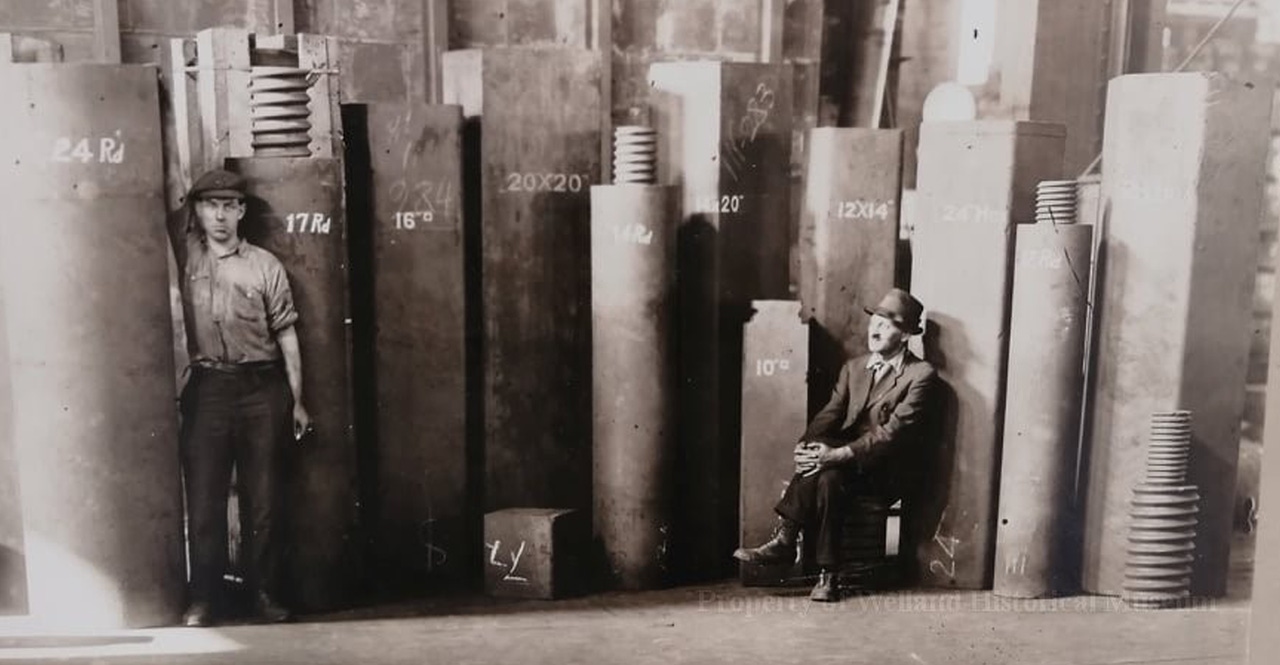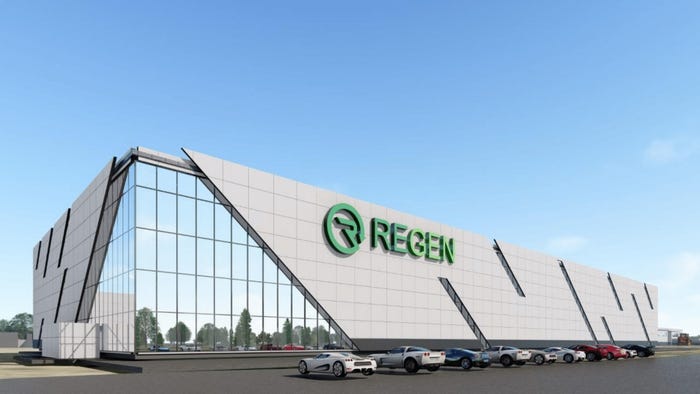Canadian Redeveloper Seeks to Jumpstart Graphite Supply Chain
A few years ago, real estate redeveloper King & Benton Group began preparing to convert an industrial site in Welland, Ontario into a mixed-use redevelopment, then it made a riveting discovery while stripping overgrown vegetation: a massive cache of synthetic graphite. Its estimated worth is in the billions, incentivizing the company to radically shift direction.

A few years ago, real estate redeveloper King & Benton Group began preparing to convert an industrial site in Welland, Ontario into a mixed-use redevelopment, then it made a riveting discovery while stripping overgrown vegetation: a massive cache of synthetic graphite. Its estimated worth is in the billions, incentivizing the company to radically shift direction.
The shuttered property had belonged to one of the oldest synthetic graphite manufacturers in the world—Union Carbide, now long gone. The company had a plant there, and a nonhazardous landfill that it filled for decades with production by-products, as well as heaps of perfectly good virgin synthetic graphite—likely surplus, off-spec, or otherwise not marketable for its intended application.
“We found over 2 million tons of graphite of various grades, and we think 500,000 tons of it is battery-grade material, ready to move into the North American market,” says Steve Charest, chairman of ReGen Resources, which King & Benton launched to reclaim the material and sell to battery markets, mainly the EV space. Among its attributes, graphite has high electric conductivity and holds a charge well. Though Charest envisions potential to do more; lubricant companies and brake pad manufacturers are among others seeking out this high-demand commodity.
King & Benton is footing the bill for a 250,000-square-foot refining and processing plant where ReGen plans to mechanically separate the grades, crush the higher-quality material into a ¼-minus-inch feedstock, and mill it to convert it to powder.
Residual material such as furnace brick, scrap, and plastics will be pulled out and recycled.
What has struck Charest through this project is his deepened understanding of North America’s dependence on Chinese supply of critical metals and other materials.
“In my career I’ve followed equity companies and international companies that have acquired Canadian manufacturing operations and moved them to China. We’ve lost years of capacity and manufacturing expertise.
Meanwhile we have ambitious EV goals. That we are so dependent on China to reach those goals is a scary situation, but also a fantastic opportunity for ReGen to stimulate and incubate resource recovery projects beginning with the Welland project,” he says.

Among immediate priorities, Charest is focusing on building a skilled workforce while trying to get a handle on a complex, emerging market.
“We pulled former Union Carbide workers out of retirement who will help us build capacity by establishing a domestic battery supply chain. Our team’s expertise also spans technical knowledge in the application of graphite material in battery production.”
But the missing link is a labor force with operational expertise to run the plant equipment and who understands how to recover graphite and process it into a form where it can be incorporated into new batteries and other products.
He's begun trying to fill the gap by working with a local college to develop a micro curriculum in resource recovery and equipment operation. The aim is to generate interest from a new generation and restore regional expertise in this nascent space.
Lithium-ion battery recycler Energy Source will operate in the new Welland plant and supply material to ReGen – both graphite which ReGen anticipates will be its bread and butter—and other battery materials.
The Brazilian-based company shreds batteries, then leverages its hydrometallurgical technology, a chemical process using a liquid solution to recover critical metals such as cobalt, lithium, and nickel to reuse in new batteries.
What Energy Source gets from the partnership, besides physical space, is a path to a potentially sizable customer base in a new region, surmises the company’s CEO, David Noronha.
“North America, and Canada especially, is a bigger EV market [than Brazil and some other parts of the world]. And it needs a solution to recover metals and put more in the market. Our idea is to provide such a solution by recovering metals from EV and other batteries,” Noronha says.
He and Charest envision an arrangement whereby ReGen would offer to take from OEMs their spent batteries and supply them to Energy Source for processing. The materials would go back to ReGen to further process into powder and ultimately go back to OEMs, facilitating a closed-loop system.
For now, resource recovery activities in Canada are far and few and Charest alludes to why he thinks that’s the case.
“There is uncertainty around reclaiming former industrial materials. related to permitting requirements and lack of knowledge in this space. But if we are going to move away from our dependency on Chinese supply, we have to work harder to change these thoughts, and to incubate recovery opportunities domestically,” Charest says.
He is currently in discussions with what he describes as large OEMs in North America over supply contracts. Negotiations are in different stages from early discussions to contract finalization.
ReGen expects to crush 1,000 tons a month of sorted material into powder by the end of 2022 and ramp up capacity to 35,000 tons a year by 2024.
Charest sees potential to do a lot more. The company has invested in a system to expand to 100,000 tons a year if and as supply allows and also plans to move into other industrial sectors to further grow a domestic battery supply chain.
About the Author
You May Also Like




.png?width=300&auto=webp&quality=80&disable=upscale)